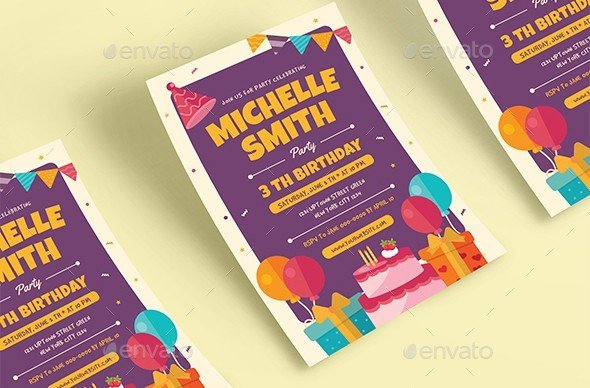
Web design rules exist to help you create a website that works universally. Design theory elements from lessons taught in classrooms always stick to basic rules.
In some cases, though, it would be better to break them.
There have been major changes in the rules binding a website. To give websites a more modern look, you might have to forego some rules and opt for something else. Here are three rules a web designer can break without committing a grave sin.
Using Sans Serif
Most web designers prefer using sans serif typeface in all website design – the good news is you don’t have to stick to that. Novelty and script styles can work for websites too as long as you pick a typeface that doesn’t compromise readability.
Nielsen Norman Group’s Jakob Nielsen reiterated the changing typography guidelines in website design. The rule in the past was to pick a sans serif typeface.
The rationale behind this rule is the fact that screens used to render serifs improperly, so the letters turned out blurry. The new guidelines don’t recommend a single typeface for website design.
There is a small difference between reading sans serif and serif. Now, you have to make a choice based on the mood conveyed by the typeface and your branding.
While you are free to choose the typeface you want, always consider readability. Here are also some items every web designer should consider:
- Pick a uniform stroke with a regular or medium weight. Reading a thin or very light typeface is hard.
- The average height works, don’t opt for tall or super skinny letters.
- Always consider adequate and consistent spacing, limit flourishes and ligatures.
- Ornate typefaces work for small blocks of text, and they should have a purpose.
- Sans serif and serif are the best options for large blocks of text. Choose a typeface with letterforms that you can read without difficulty.
Bold Backgrounds
White and neutral colours used to be the go-to background colour for websites. This is no longer the case.
Bright and bold backgrounds are becoming more popular, and it can make a distinctive first impression to users. By opting for bolder statement colours, your website becomes more interesting.
Big companies are starting to use colour to make the website more engaging, and users seem to have a positive feedback on this type of web design.
Another rule involving colours a web designer adheres to is limiting the colour palette. It’s great to stick to your distinct colour scheme to have consistency. However, you can always add a splash of colour for individual projects.
Having more colour is no longer tacky and company websites of major firms use a more colourful website to improve customer experience.
Some things worth considering include:
- A photo overlay
- Bright headline colour
- Veering away from neutrals
- Brighter colours for call-to-action buttons
- Using a colour-blocking hover
Push for Perfect Symmetry
Veteran web designers used to push for websites with balance and harmony through symmetry. If you are a modern web designer, you might find some concepts tend to be too boring and safe.
Asymmetry draws the eye and becomes more interesting to users. Create balance by using space and other elements to accomplish the goal.
It’s still possible to achieve a sense of harmony without symmetrical elements with these tips:
- Pair heavy elements with white space. Creating harmony by tweaking the element and space is possible.
- Use heavy elements on the left to aid the movement of the reader’s eye toward the right side of the website.
- Create a focal point with colour.
- Use a grid to help you organise the flow of your website design.
Don’t forget to consider the weight of the website. Asymmetrical website design should not be lopsided. Even if the elements don’t mirror each other, the reader should be able to move through the content with ease.
Using static elements to serve as the container for an asymmetrical element can also work.
Conclusion
Design rules evolve and breaking them is not a grave sin unless the results are disastrous. Every web designer should focus on the goal of the design to make the right choices.
Of course, these are not the only things you have to consider. There are more website design best practices for web developers if you want to improve the user experience.
If breaking a rule will improve the appearance of a website, don’t hesitate and go for it. Think about ease of use and function. If the change improves everything, break the rule.
Don’t hesitate about leading a major change by trying something new as long as you have a clear goal on why you need to break the rule. Who knows, your design might be lauded for breaking the rule successfully?
Related Article: “Sydney Web Designers Reveal The 9 Important Features of Every Good Website“









